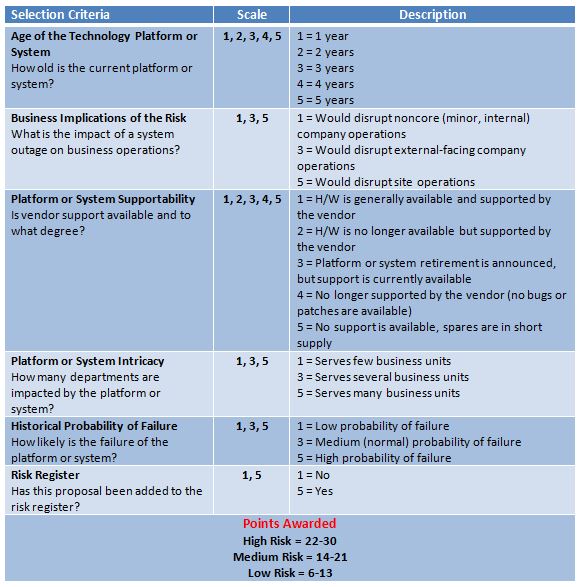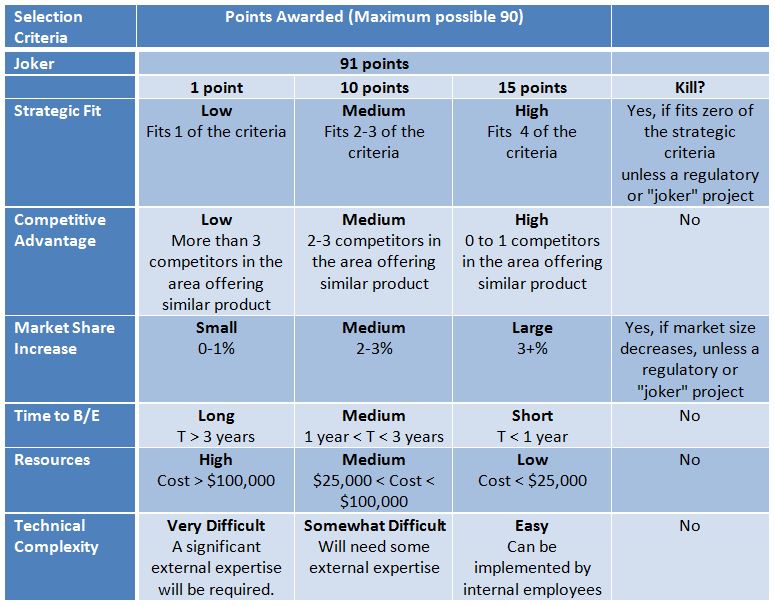Part 1 - The CEO's Guide to Project Portfolio Management - FAQ Answered
Submitted by Jamal Moustafaev on Mon, 06/01/2015 - 00:54Introduction
In my consulting and training engagements I frequently get to have interesting discussions with executives and senior managers from around the world. Obviously, considering the nature of my professional domain, the conversations we have regularly revolve around the topic of project portfolio management. They ask me very interesting and difficult questions, and I have to provide them with clear and succinct answers.
After several years of doing this, I suddenly noticed that no matter what industry the company belongs to, of where (geographically) the conversation takes place, I always end up answering the same questions over and over again.
So I decided to come up with a series of articles "The CEO's Guide to Project Portfolio Management - Frequently Asked Questions Answered" that will span across several posts.
P.S. If there are any people out there who want to submit their own PPM-related questions, do not hesitate contacting me by leaving a comment here or sending an e-mail to info@thinktankconsulting.ca
Question #1 - What is Project Portfolio Management?
One of my favorite definitions of project portfolio management states the following:
Project portfolio management is the management of the organization’s projects so as to maximize the contribution of projects to the overall welfare and success of the enterprise subject to internal and external constraints by maximizing the project value, balancing the portfolio and aligning it with overall company strategy.





